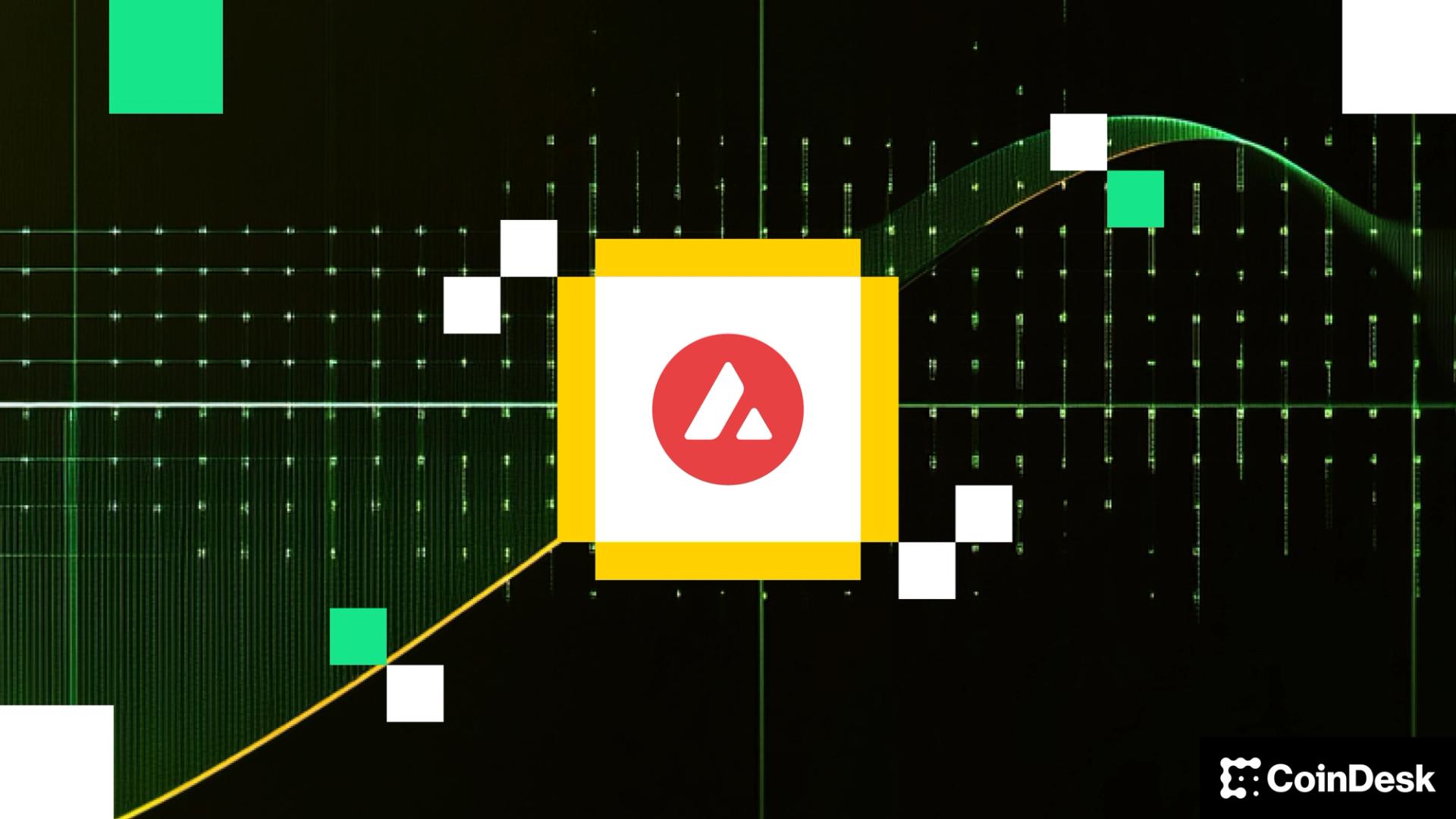
Fintech provider FIS and structured finance platform Intain are implementing a blockchain-based marketplace built on which allows regional and community banks to securitize and sell loan portfolios directly to institutional investors, the companies told CoinDesk.
The Digital Liquidity Gateway, as it is called, tokenizes loans as non-fungible tokens (NFTs), automates settlement, including with stablecoins like USDC, and eliminates layers of intermediaries that often make asset-backed finance slow and expensive. It is integrated with FIS core banking systems that provide payment software and infrastructure to more than 20,000 customers worldwide.
The platform is already onboarding banks and investors, and hundreds of millions of dollars in loan transactions are expected by the end of the year, starting with loan pools tied to commercial real estate and aviation financing, the companies said.
The initiative fits into a broader shift as asset managers, banks and fintech companies put assets on blockchain rails in a process called real-world asset (RWA) tokenization. While many of those efforts focus on large institutions, Intain and FIS point to the long tail of community and regional banks that finance much of the lending to local small businesses but rarely reach the securitization markets.
“These small banks are removed from the majority of capital market flows,” John Omahen, head of digital assets at FIS, said in an interview. “They make loans and don’t hold them. They don’t have the expertise to structure deals or reach out to investors. What we’re doing is creating a place where those assets can meet demand and capital can move more efficiently.”
Tokenization of loans to increase transparency
Recent failures and controversies, including those at auto lender Tricolor and auto parts maker First Brands, have highlighted how weak data controls and opaque loan tracking can lead to double promises, incorrect pricing and losses for investors.
The key feature of Digital Liquidity Gateway is loan tokenization, where each loan is converted into a non-fungible token (NFT), backed by loan documents, data from FIS systems and third-party verification. Intain’s AI engine reconciles documents and ensures data accuracy before minting the NFT, which then becomes traceable and tamper-resistant.
“Suddenly, what was an off-chain, untraceable asset is now on-chain,” Siddhartha, CEO of Intain, said in an interview. “That means that if I am an investor in a security backed by tokenized assets, I can walk up and see the hundreds of individual loans backing it, safe in the knowledge that they are registered on-chain and cannot be double compromised.”
The platform highlights how traditional financial institutions (TradFi) can rely on blockchain to streamline operations and open new markets. For regional banks, this could mean faster access to liquidity, less paperwork and more ability to lend in local communities.
“Asset-backed financing is all about capital flows,” Omahen said. “This platform helps banks free up the capacity on their balance sheets so they can make more loans and better serve their communities.”
Read more: TIS, the $2 trillion Japanese payments provider, launches multi-token platform with Avalanche



